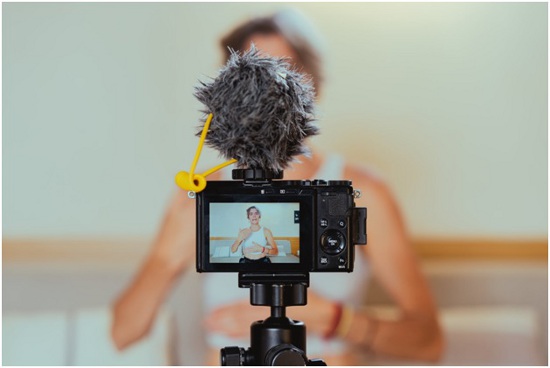What makes social media influencers so… influential? Is it their general physical attractiveness? The way they talk so casually and cool? The unique experiences that they share that can make most people jealous? Actually, it is a combination of all those things. The fact that most influencers are generally attractive people that talk so casually and cool to any one of their followers while sharing their unique experiences makes them influential. By making it easy for people to interact with them through social media, it allows them a path to “influence” others. Studies have shown that most consumers believe social influencers to be authentic and therefore trust their choice to advertise any particular product leading to more sales for that particular good or product.


As citizens worldwide relied on the Internet heavily for information and entertainment during prolonged self-isolation and quarantine measures during the pandemic, digital age “influence” has only grown during the pandemic because most people in the world have been spending more time online and “locked on” the Internet.
An unusual (and influential) international problem
As COVID-19 started to spread throughout the world during the last months of 2019, the pandemic and its effects on businesses, nations, and individuals have been covered and discussed. Among the discussions, influencers and the influencer marketing industry stuck out, as many of the fundamentals (digitalization, marketing, unsustainable lifestyles and income, information dissemination) affected by the consequences and contingencies proliferated by COVID-19 form the bedrock of this modern-day business.
COVID-19 influencer symptoms and remedies
Influencers have felt that “years of effort” had “gone down the drain” due to cancelled business engagements. Restrictions from quarantine measures also impacted influencers’ ability to create content, given that much of their job requires them to travel and participate in public events and curated experiences. According to Wilkie, in 2020, Australian influencers were also reported to ‘slash their rates’ and ‘drop their fee’ for social media posts by up to 50% to accommodate clients’ reduced budgets. To survive during a pandemic, social media influencers did the following:
First, many social influencers shared their personal pandemic experiences and health tips in vlogs and social media posts to foster and strengthen a sense of kinship and solidarity with other people in quarantine-induced isolation. Second, some influencers were also hired for government-sponsored digital campaigns for proper pandemic etiquette and hygiene tips and anti-racism campaigns in the wake of the rise of anti-Asian violence due to information disseminated about the origins of COVID-19. Third, to cope with the loss of income and content production restrictions, other influencers branched out commercially and started to participate in e-commerce endeavors and the like. Finally, influencers used to working or producing content outdoors adjusted to working indoors and got those ring lights we so regularly see nowadays.
Some might think that since social media influencers are heavily dependent on collaborations and curated experiences with brands and companies, they must have taken quite a hit with the whole world on lockdown. And they would probably have little to no chance of maintaining their influencer lifestyle. But alas, people adapt, and technology adapts faster. So as most brands and companies transitioned to more exclusively digital forms of communication and marketing, so did social media influencers. And it was never a surprise, to be honest. It’s who they are. Social media influencers. All they need is the Internet to generate a ton of likes and views – along with some sponsored quality goods, products, and experiences to share with their followers, of course. And profit will follow.
















